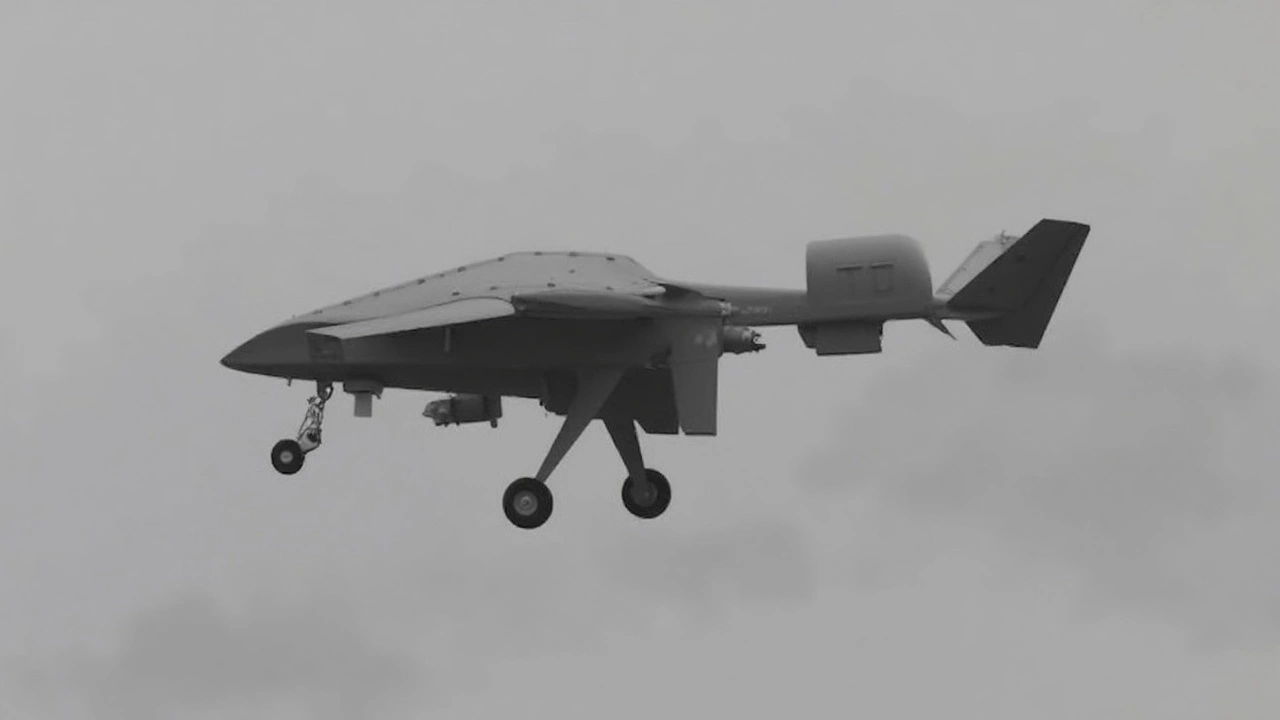World News – Drone Warfare and the New Global Military Landscape
Ever wondered why a tiny unmanned craft can make headlines louder than a fighter jet? Ukraine’s recent deep‑strike drone attacks have shown that even small, cheap drones can punch far above their weight. That’s flipping the script on how wars are fought and forcing every country to ask: are we ready for a battlefield full of buzzing AI‑robots?
How Drone Swarms Are Changing the Battlefield
Swarm tech lets dozens, even hundreds, of drones coordinate their moves in real‑time. Think of a school of fish that never crashes into each other, but each one carries a payload that can hit a target with pinpoint accuracy. This isn’t sci‑fi; it’s happening now. The Ukrainian military uses commercially available drones, adds simple AI modules, and suddenly they have a tool that can evade traditional air defenses.
What makes swarms scary for established armies? First, they’re cheap. A single unit can cost under $5,000, so losing a few doesn’t break a budget. Second, they’re adaptable. Software updates can change a swarm’s behavior in minutes, keeping enemies guessing. Finally, they’re hard to detect. Small radar cross‑sections and low‑altitude flight paths slip through many radar nets, meaning conventional missile systems often miss them.
What This Means for Global Security
Big powers like the US, Russia, and China are now pouring money into counter‑drone tech. Laser systems, directed‑energy weapons, and electronic jamming are all on the table. But it’s not just about buying new gear; it’s about rethinking strategy. Nations need a thriving drone industry to stay ahead, which means more research labs, more startups, and more international cooperation—or competition.
If you’re a policymaker, the big question is: do you regulate drones or risk falling behind? Too strict a policy could choke innovation, while too lax a rule might let hostile actors get their hands on powerful swarm kits. The sweet spot is a clear framework that encourages safe development while keeping the tech out of the wrong hands.
For everyday citizens, the rise of drone warfare feels distant, but it affects the world you live in. Faster, cheaper attacks could destabilize regions faster than a traditional invasion. That in turn can trigger refugee flows, economic shocks, and even shift global alliances. Keeping an eye on how countries respond to drone threats gives you a glimpse into the next big geopolitical moves.
Bottom line: the era of massive tanks and massive air forces is giving way to a new age where a fleet of tiny, AI‑guided drones can change the outcome of a conflict in hours. Whether you’re a fan of tech, a security professional, or just someone who wants to stay informed, understanding this shift is key to making sense of today’s world news.

Future Drone Warfare Reshapes Military Strategy and Exposes New Vulnerabilities
Ukraine's deep-strike drone attacks are forcing a seismic shift in how wars are fought. Analysts warn traditional military powerhouses face new vulnerabilities from swarming, AI-driven drones, and that keeping a thriving drone industry is now essential for long-term defense.
View more